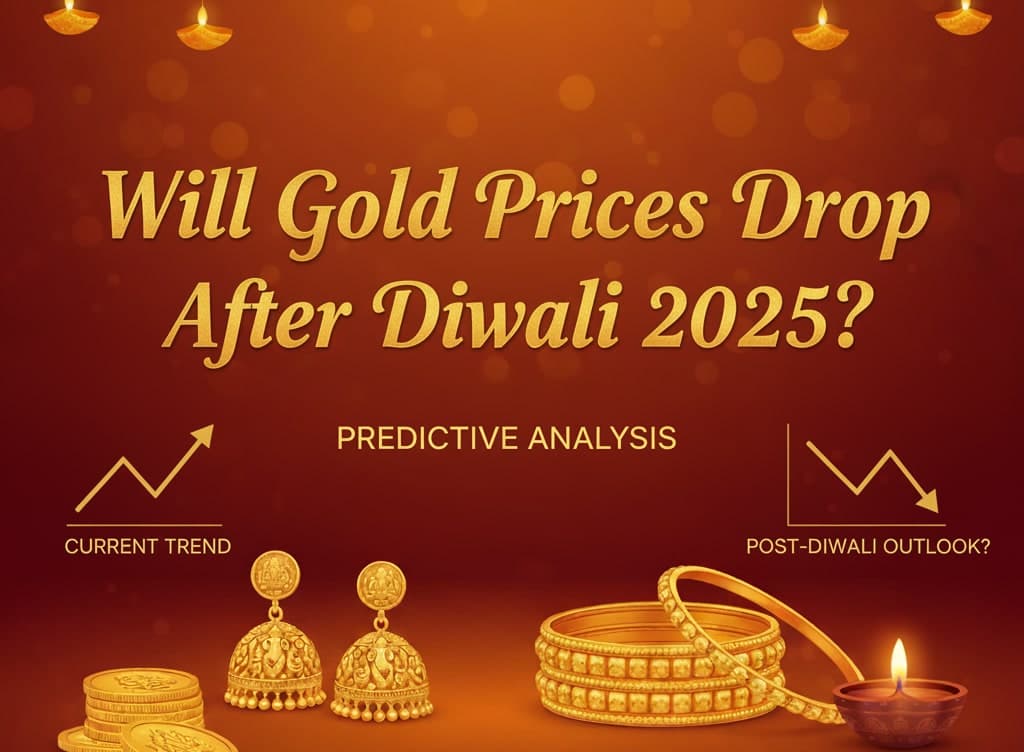Gold Markets Defy Expectations Amid Mounting Economic Pressures
The gold market has staged a remarkable rally this month, with spot prices breaking through the critical $2,100/oz barrier for the first time in 16 months. This 4.2% weekly surge comes as investors grapple with renewed inflation concerns and escalating geopolitical tensions in the Middle East.
Key Drivers Behind the Gold Price Rally
Several interconnected factors are fueling the current gold market momentum:
Inflation Resurgence: October CPI data surprised analysts with a 0.6% monthly increase
Central Bank Policy Shifts: The Federal Reserve's dovish stance has weakened the US dollar index by 2.3% this month
Geopolitical Flashpoints: Recent conflicts in oil-producing regions have increased safe-haven demand
Institutional Buying: Central banks added 42 tonnes to reserves in Q3 2025 according to WGC data
"The $2,100 breakout represents a psychological turning point," says Dr. Elena Vargas, Chief Commodity Strategist at Aureus Capital. "When real yields turn negative and volatility spikes, gold becomes the default portfolio stabilizer."
Check out: Todays Gold Rate in United States
Investment Implications for Gold Portfolios
The current gold market presents both opportunities and challenges for investors:
Physical Demand: Bullion dealers report 27% higher sales volumes compared to last quarter
ETF Resurgence: Global gold-backed ETFs saw their first net inflows in 10 months
Mining Stocks: The GDX gold miners ETF has outperformed spot prices by 8% YTD
Gold investment strategies are diverging significantly between institutional and retail participants. While hedge funds are increasing futures positions (net longs up 18% last week), retail investors continue prioritizing physical holdings and digital gold products.
Market Forecasts and Expert Perspectives
Leading analysts have revised their gold price projections:
Institution | Q1 2026 Forecast | Key Rationale |
|---|---|---|
Goldman Sachs | $2,250 | Dollar weakness & election uncertainty |
UBS Wealth Management | $2,180 | Persistent inflation hedging |
Bloomberg Intelligence | $2,300 | Central bank diversification trend |
"We're seeing textbook gold market behavior during late-cycle economic conditions," notes Michael Reynolds, Investment Strategy Director at Glenmede. "Historically, when the 10-year Treasury yield falls below expected inflation rates, gold delivers 22% average annualized returns."
The Central Bank Factor in Gold Market Dynamics
Official sector activity continues reshaping gold market fundamentals:
China's gold reserves increased for 14th consecutive month (+9.3 tonnes)
EM central banks now hold 26% of global gold reserves versus 19% in 2020
BIS debt restructuring initiatives favoring gold-backed instruments
This institutional demand creates what analysts call a "golden floor" – with prices finding strong support around $1,950 even during risk-on market phases.
Future Outlook: Planning for Gold Market Volatility
The gold price trajectory remains highly sensitive to three critical variables:
Federal Reserve interest rate decisions (December meeting pivotal)
US election-related fiscal policy uncertainty
Dollar liquidity conditions amid Treasury issuance spikes
Technical analysts highlight $2,150 as the next resistance level. A sustained break above this threshold could trigger algorithmic buying programs targeting the $2,307 all-time high.
Investor Action Items:
Rebalance portfolios to maintain 5-10% gold allocation
Consider bullion-backed ETFs for liquidity needs
Evaluate royalty/streaming companies for leveraged exposure
The gold market continues proving its resilience, with year-to-date returns outperforming most asset classes. As economic uncertainty compounds, gold investment appears positioned to transition from defensive hedge to strategic outperformer.




